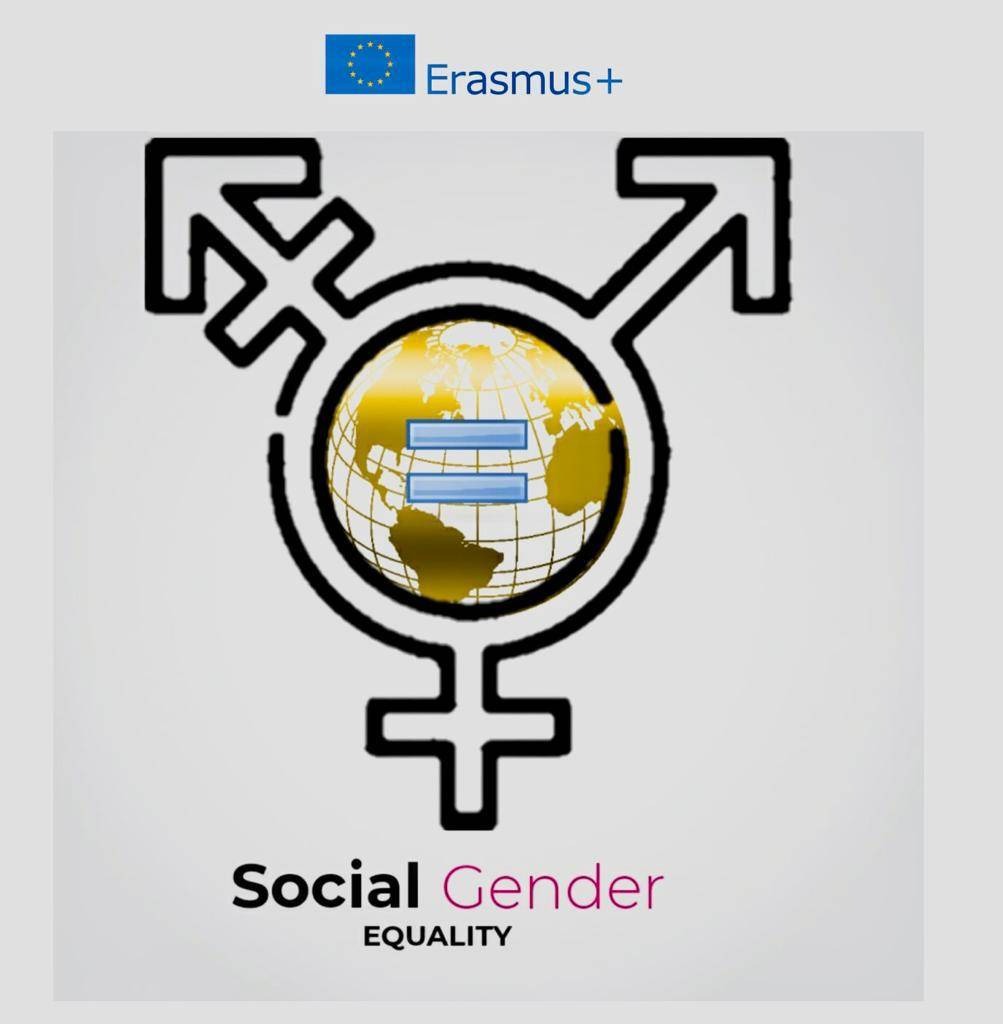- This topic has 1 reply, 2 voices, and was last updated 8 months, 3 weeks ago by
Pavel Houska.
-
AuthorPosts
-
October 5, 2024 at 5:11 pm #1348
Pavel Houska
ParticipantThank you, Petr, for highlighting the importance of language in creating inclusive school environments.
The use of gender-neutral language in school settings is not just about linguistic preference; it is a significant step towards promoting an inclusive culture where all students feel acknowledged and respected. Language shapes perception, and when schools use gender-specific terms, they may unintentionally reinforce stereotypes or make some students feel excluded. For instance, using phrases like “boys and girls” to address a classroom can alienate non-binary students or those who may not feel comfortable aligning strictly with these categories. By shifting to terms like “students,” “everyone,” or “class,” educators can ensure that all learners feel seen and included.
Practical examples of promoting inclusivity through language include encouraging the use of gender-neutral job titles such as “firefighter” instead of “fireman” or “police officer” instead of “policeman.” Teachers can also make it a norm to ask students for their preferred names and pronouns and ensure these are respected and used in all school interactions. Simple changes like this can significantly impact the sense of belonging among students, especially for those from marginalized gender identities. For instance, a student hearing their preferred pronoun being used by a teacher can feel a deep sense of validation and comfort, reinforcing the idea that their identity is valued within the school community.
Teachers and students can adopt these practices effectively by undergoing training on gender sensitivity and the importance of inclusive language. Schools could incorporate workshops focusing on how language can either empower or marginalize. It’s also beneficial for educators to model this behavior consistently—when students see teachers making an effort to use gender-neutral language, they are more likely to mirror these practices. Furthermore, having visible reminders in the classroom, such as posters that advocate for inclusive language or materials that celebrate diverse identities, can help make these values a tangible part of the school culture.
Ultimately, the consistent use of gender-neutral language helps break down preconceived barriers and cultivates a space where every student, regardless of their gender identity, feels equally represented and comfortable. It’s about creating an atmosphere where students know that they are not defined by traditional gender roles but instead are encouraged to explore their own identities freely and without judgment. By taking these steps, schools can promote respect and understanding, contributing significantly to the overall mental well-being and engagement of their students.
-
AuthorPosts
- You must be logged in to reply to this topic.
